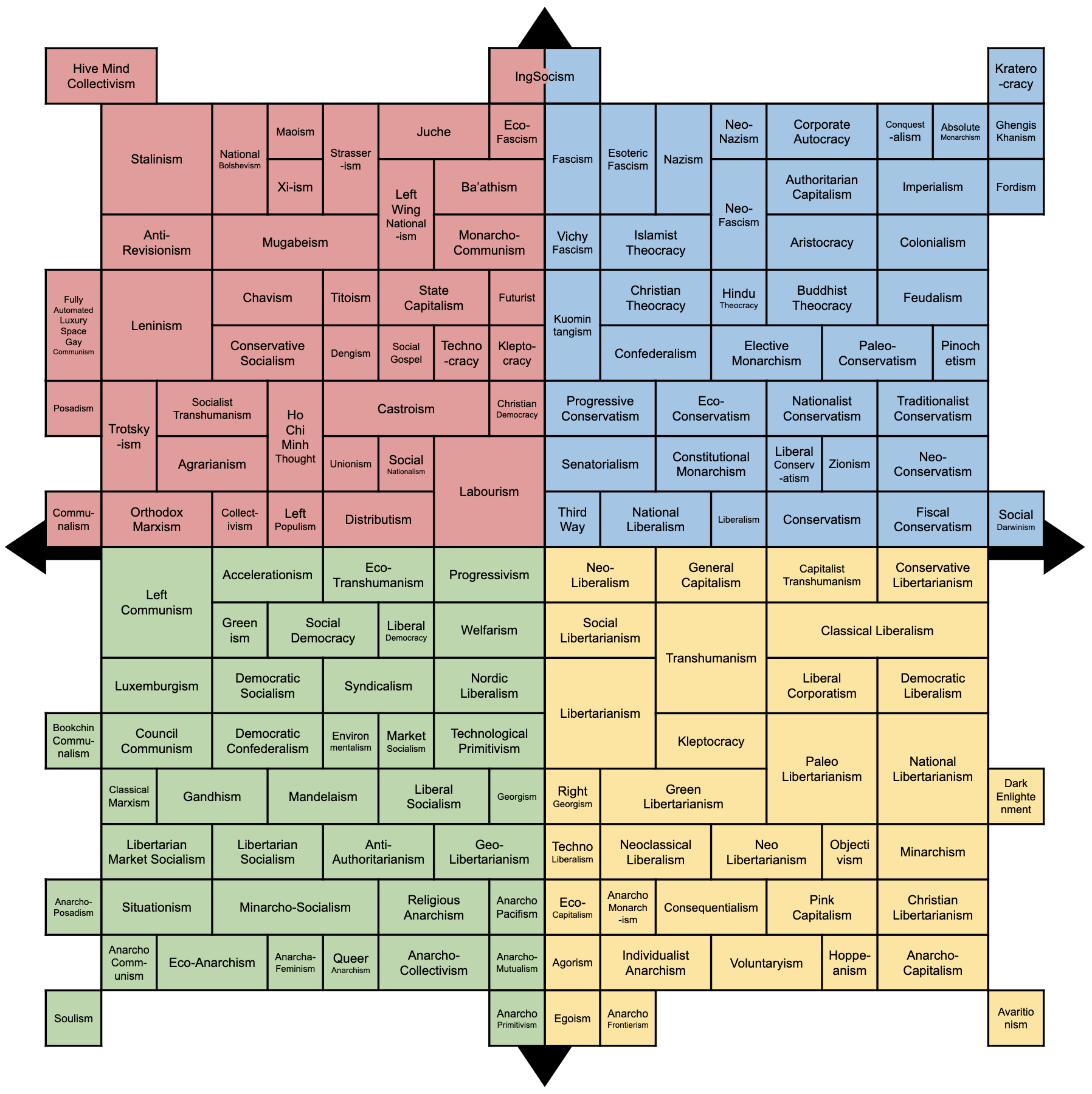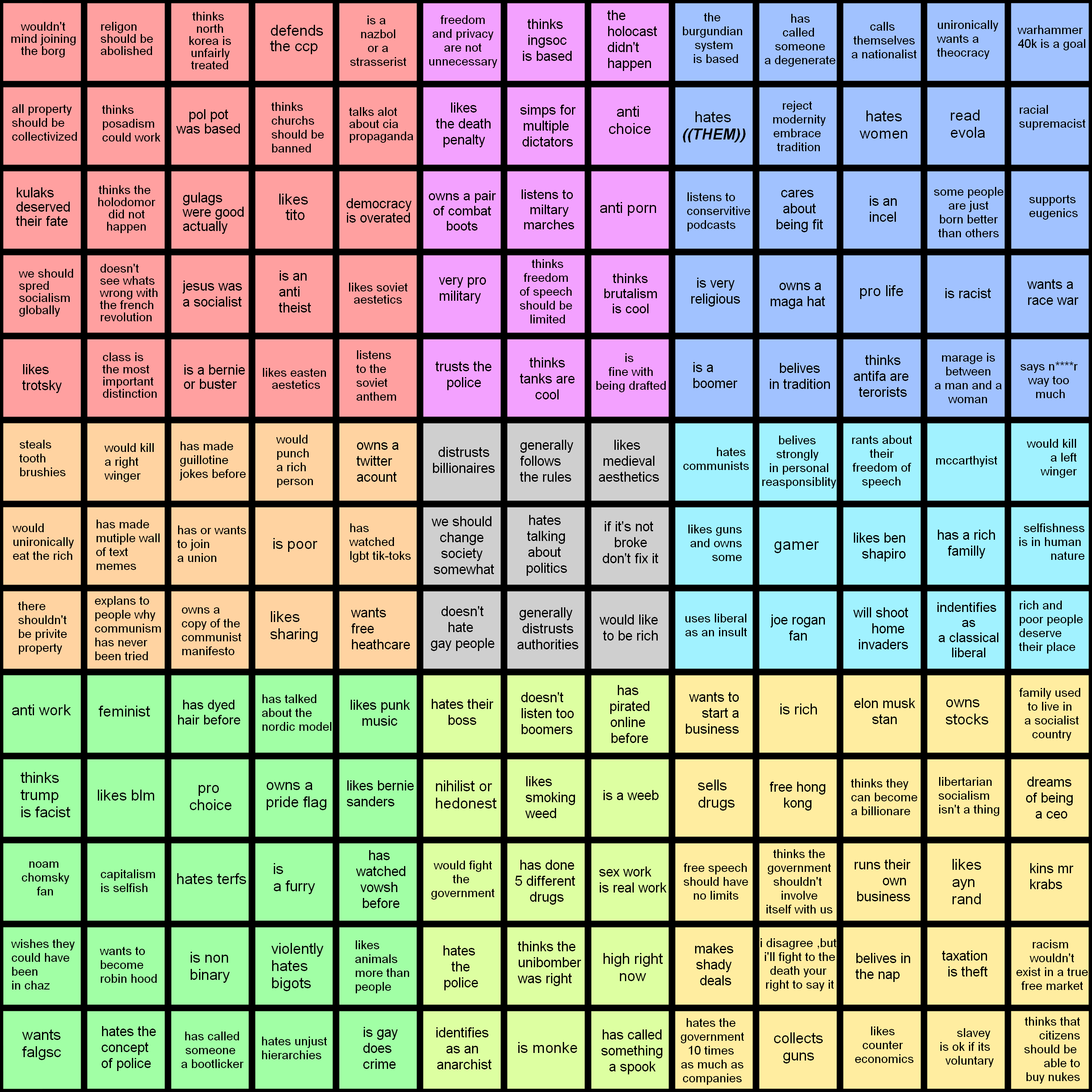Alright, let’s get into this. So, I’ve seen those political compass memes popping up everywhere lately – you know, the bingo cards with all these wild political terms in little boxes? People keep saying, “Take the quiz! Find out what you really are!” Got curious today and decided to actually peel back the layers. Does this compass thing actually stick you in the right spot, or is it just another internet party trick?
Jumping Into the Quiz Rabbit Hole
Honestly? I just Googled “political compass test.” Bam, first result. Clicked right in. The questions started rolling out one after another. Stuff like, “Should the government control big companies?” or “Is tradition super important?”

My eyebrow was raised halfway through, let me tell you. The answers you pick are always, always, sliding between two extremes. Like:
- “Strongly Agree”
- “Agree”
- “Disagree”
- “Strongly Disagree”
That’s it? Feels kinda… black and white, right? Real life? Not exactly painted with these four broad brushes. And the questions themselves? Woof. Super vague sometimes. “Do corporations have too much power?” I mean, depends on what you mean by “power” and which corporations we’re talking about! My head started spinning trying to fit my actual, messy thoughts into those tiny boxes.
That Big “Aha! (Or Oh No)” Moment
Finished up, hit submit. The fancy little dot popped up on the grid. “Authoritarian Left,” it told me. Funny thing? I’ve taken these quizzes before on different sites for kicks. Guess where the dots landed those times? Different every single time. Seriously. From Libertarian Left to almost dead center. It felt less like a scientific measurement and more like a dart-throwing contest where I’m the board.
Got me digging deeper. What are these quizzes trying to measure? If I want to know where I stand policy-wise, it seems pretty useless.
Peeling Back the Label
Here’s the thing I came to realize: The political compass? It’s trying to pin you down on two big, broad, abstract ideas:
- X-Axis (Economic Left/Right): How much stuff should be run by the government vs. left to private folks? More government stuff leans left, less leans right.
- Y-Axis (Authoritarian/Libertarian): How much power should the government have over personal lives? High control = authoritarian, low control = libertarian.
Okay, cool on paper. But the problem slapped me right in the face: These quizzes can’t really measure that. Not reliably.
Why? Think about it:

- It just asks vague stuff about big groups like “the market” or “government.”
- It forces you into yes/no extremes when real life is all messy shades of grey.
- There’s zero subtlety. No room for nuance or “well, in THIS case…” thinking, which is basically how everyone thinks about politics!
What it actually measures feels simpler: How consistently you pick the extreme answers. If you always pick “Strongly Agree” on government control questions? You’re gonna be way over on the economic left. Pick “Strongly Disagree”? Hello, right side. But that doesn’t tell you anything about why I disagree or agree, or what I think should happen specifically. It just measures knee-jerk reactions to oversimplified ideas.
Wrapping My Head Around It
So, is the Political Compass itself useful? Yeah, kind of, as a loose way to visualize big ideas on a map. The quizzes? Not so much. Trying to use them to figure out where I actually stand on the fine details? Nah. It’s like trying to read a newspaper through a keyhole.
The dot it gives you? Honestly? It’s probably not pinning you down at all. It’s pinning down how hard you smashed the “Agree” or “Disagree” button for that specific set of fuzzy questions on that specific day. Feel differently tomorrow? Your dot would probably wander somewhere else.
Bottom line after testing this out? Those Political Compass Bingo cards are kind of funny, I guess. But taking these quizzes to get a real handle on your politics? That’s the real bingo game. It feels like pure luck where you land. They’re more like party games than real political insight. Kept it fun, didn’t take it too seriously, but yeah, the takeaway was clear: Don’t trust the dot!















